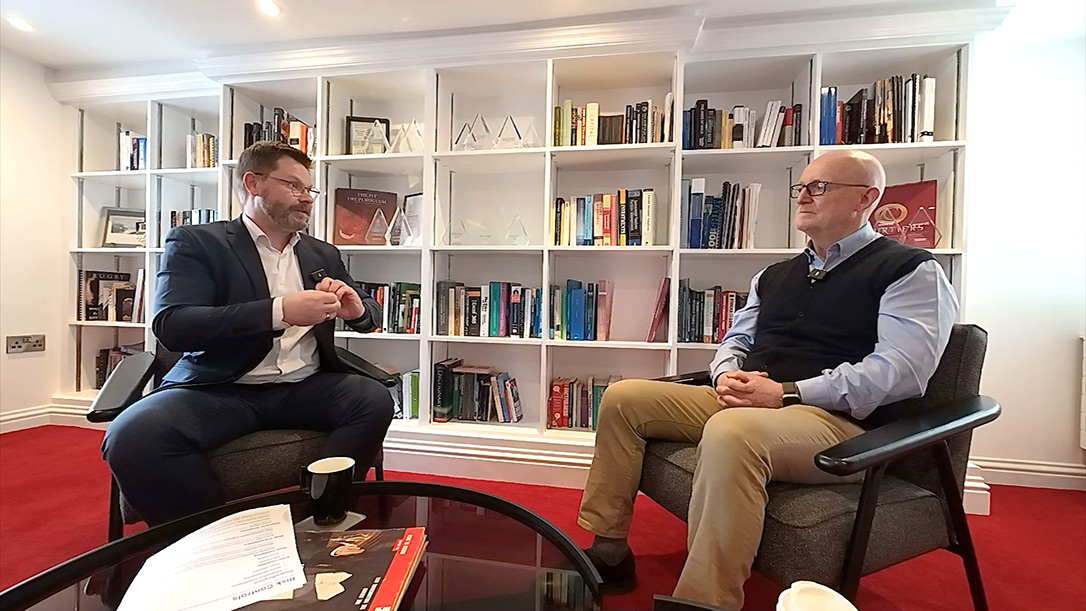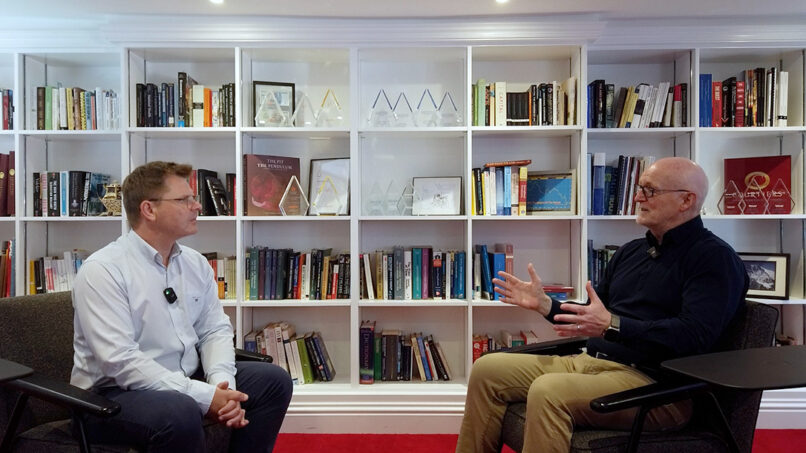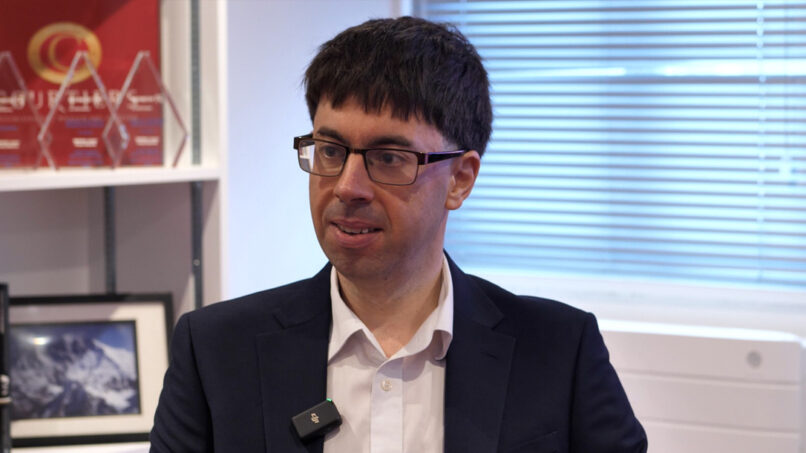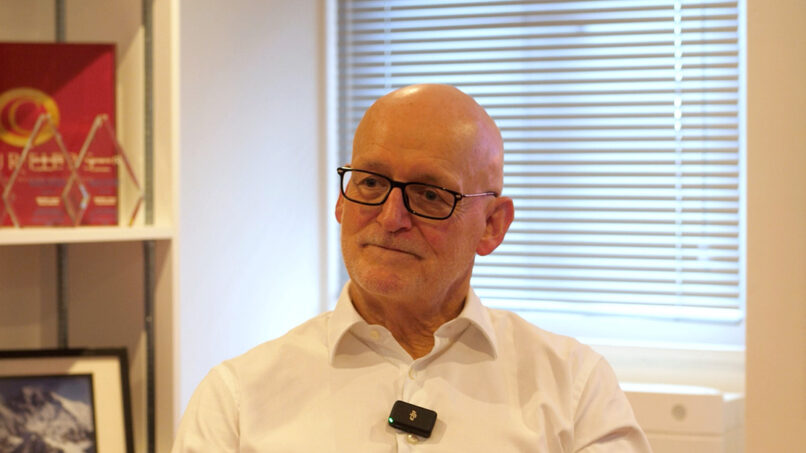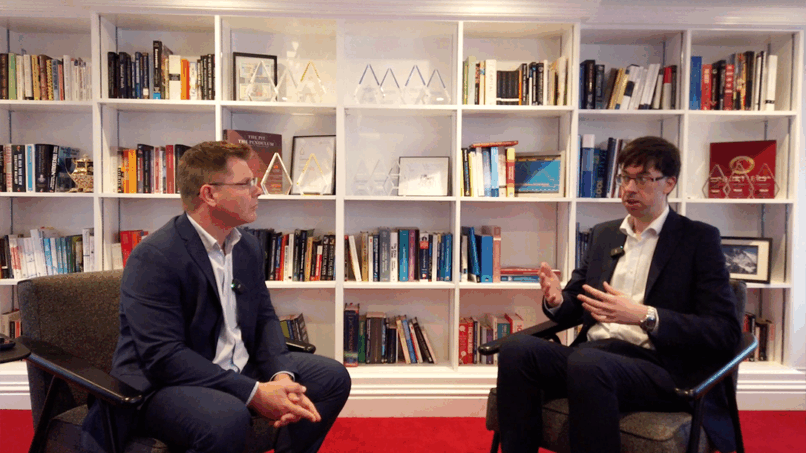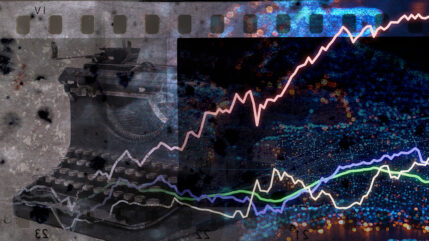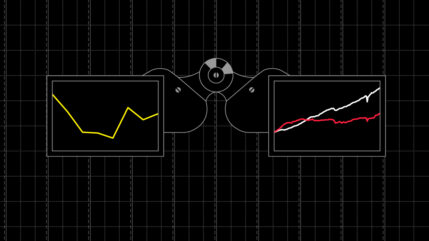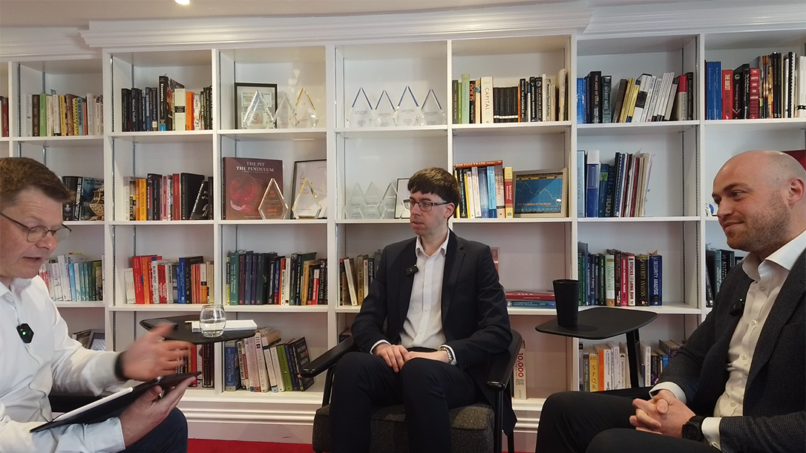As a Courtiers client, you’ve probably seen information from us around our risk controls for our funds either in print or on the website.
We sat down with Gary Reynolds, Chief Investment Officer (CIO), to discuss how Courtiers’ funds are constructed, what these risk controls mean for our Courtiers Multi-Asset Funds, and how we use them to attribute the appropriate level of risk and diversification for each portfolio.
Plus, we discuss why we wouldn’t just drop one of the ‘magnificent seven’ into the mix and how that affects our performance.
Risk controls for the Courtiers Multi-Asset Funds
Read through our risk controls, and you’ll find a breakdown and short description on our Courtiers fund management key elements. We want to make sure you understand the effort we go to when assessing stocks that ultimately go into your portfolio, so delved further into these.
The key thing to note here is that these controls are not exhaustive. Additional risk controls may be considered and used for reviewing the funds.
Diversification
“The simple phrase explaining diversification is ‘don’t put all your eggs in one basket’. So geographical diversification is ‘don’t put all your eggs in one country’.” – Gary Reynolds, CIO
For geographical diversification, investing in developed, Western, markets generally means you’re carrying less risk than investing in an emerging market, or somewhere with geopolitical risk. But that isn’t always the case, as Gary explains. Germany lost its cheap energy source when the Ukraine war started, affecting all German companies, and portfolios built on the German market.
Generally, if you diversify across countries, you are reducing risk. This same theory applies to sector diversification (companies that have similar characteristics); diversifying across sectors makes sure you don’t put all your investments in one ‘company type’. You wouldn’t have wanted to go into the global financial crisis with your portfolio completely in the banking sector, for example!
Finally, some portfolios are driven by certain factors more than others, which causes factor exposure. If we take interest rate exposure: you can stress-test portfolios on what could happen if interest rates rise or fall, but other factors still come into account. Factors like value, growth, small-cap and large-cap all need consideration, and we work to make sure there is no overexposure to one factor.
Risk Hedging
- Downside Protection: measures put in place to prevent the potential loss from a portfolio resulting from market conditions and/or decline in a security’s price.
- Derivative Overlay: a financial instrument where the value is determined by the underlying asset. These can be used as defensive measures to protect investment positions.
Downside Protection looks at what will happen to portfolios if certain pressures are placed on it, like a repeat of the global financial crisis or another tech bubble bursting. It analyses how a portfolio would respond, and how we can minimise those effects and the downsides associated. There are several ways to do this. For example, when the pandemic hit unexpectedly, our Investment Team looked at every single asset, every single company, and evaluated whether the asset would not only survive COVID, but thrive. We then went about getting risk reductors in place to a granular level.
Which leads us on to Derivative Overlay. We use derivatives to reduce the risk of our portfolios – we have a lot of experience doing so. The fact all our funds have great risk-return statistics over the long term is partly due to these derivatives reducing the downside.
“We were, in 2006, the first company in the UK – fully approved by the FSA (now the FCA) – to run all our positions (if we want to) through the use of derivatives.” – Gary Reynolds, CIO
Scenario Analysis
- Stress Testing: assesses the potential impacts of events on a portfolio as well as their financial impact.
- Mean-Variance Analysis: weighting investment risk against an expected return.
- Liquidity Assessment: assessing how long it would take to liquidate the portfolio, transforming the positions into cash.
- Investment Strategy Risk-Return Analysis (ISRRA): provides an expected return of a portfolio and/or fund for a given level of risk.
We stress-test environments with our portfolios, using statistics testing and working with actual scenarios like the American debt crisis or Euro crisis – if they happened again, what would occur, and what would the outcomes be? Our Multi-Asset funds are still not risk-free; they will ‘wobble’. But they ‘wobble’ to different degrees compared with the market. We identify how individual portfolios are responding to the market; if they’re responding too much we look to see why, changing assets that are too responsive with ones that are less so.
You as our client can see this analysis happening on your portfolios, and it can give you a real feel for how your portfolio will do if something goes horribly wrong.
Mean-Variance Analysis measures the extent that all your assets move in the same direction. If you have an ice-cream van business and it rains, your sales will drop as you’re exposed to the climate. However, if you had ice-cream vans and umbrella stalls and it rains, you sell less ice-cream, but more umbrellas, balancing your risk portfolios. The more concentrated you are in one area (i.e. just having ice-cream vans), the worse the outcome for your mean variance. We test this across all our stocks.
Liquidity Assessments come up in the news a lot, but what does it mean? Well, liquidity is vital to ensure a healthy flow of assets. You need to be able to access a large part of assets quickly, so we are constantly testing the liquidity of our stock. Even though our clients are long-term investors and we are able to hold a little bit of illiquidity, we maintain high levels of liquidity.
For example, we have shares in infrastructure like bridges and schools, but we also have assets in Shell. Selling our Shell shares is much easier than selling infrastructure shares, and as such the Investment Team regularly run liquidity exercises to see how fast they could liquidate a portfolio.
In the Financial sector, there is a dilution levy, which can apply to funds. It means that if clients are exiting your funds and taking money out and it’s detrimental to the remaining investors, you must apply a levy on that withdrawal. For example, if you (as an investor) decide to leave the fund, but your co-investor is staying, the fund can’t give you your co-investor’s liquidity to their detriment. Courtiers have never needed to apply this levy, not even in the global financial crisis or the pandemic. That is because our liquidity is managed very carefully.
The Investment Strategy Risk-Return Analysis (ISRRA) is our in-house software that we’ve used in different guises for the last 20 years, with the latest created and built upon since 2011, helping us forecast clients’ wealth. The traditional forecasting for clients was very linear and didn’t consider other factors, leading to the client suffering. The ISRRA helps us assess best and worst-case scenarios for the client. This lets you, as a client, model what could happen if you have lower returns, meaning you can’t spend money on (grand)children, to go on holiday, or fund future lifestyle needs. The ISRRA is in line with what the Bank of England believe is good practise.
“The ISRRA is entirely about helping an investor achieve their goals in the lowest-risk possible way.” – Gary Reynolds, CIO
Risk Parameters
- Beta Limits: Beta is a measure of the volatility of a security, or a portfolio, compared to the market as a whole. Each fund has a theoretical beta ceiling derived from assumed equity and bond market betas.
- Delta-Adjusted Equity Exposure: sensitivity of a portfolio to changes in prices of the underlying securities.
Put succinctly, Beta Limits are how far you move against the market. So, if your beta is 1%, and the market moves 1%, you move 1%. If your beta is 0.5%, the market moves 1%, you move 0.5%. If your beta is 1.5% and the market moves 1%, you move 1.5%, up and down. So, the bigger the beta, the bigger the risk.
Delta-Adjusted Equity Exposure is about how your options move alongside the market. “if you had a portfolio of £100 million and spend £1 million on FTSE100 options, the other £99 million in cash. Assume that those options move at 20 times the rate of movement in the market. So, if the market moves 1%, the options would move 20%. That means with £1 million in options moving 20%. As this is 1% of the portfolio, this means you have a 0.2% movement. You can then work the delta back and say if you had this £1 million invested in options, it’s equivalent to having £20 million invested in the FTSE100.”- Gary Reynolds, CIO
But what about the ‘Magnificent Seven’?
Our long-term investors in the Courtiers Multi-Asset funds are very happy, but it’s those that invested in January 2023, Gary really feels for. Courtiers don’t have a big weighting towards US technology, and as such haven’t performed as well as the ratio of funds out there. We’ve dropped below average, but our risk-adjusted returns still put us in the top quartile over the last ten years on all the funds.
Risk controls are just part of a refined and vigorous fund construction, management process and framework. We can’t just put one of the ‘Magnificent Seven’ (Microsoft, Nvidia, Google/Alphabet, Meta, Amazon, Tesla and Apple) into the mix.
“The deal from us is, we will not chase the bubbles. That means when a bubble is being blown, we’re going to underperform…this is what you get from us. You’re not going to find yourself waking up one morning 100% invested in US tech and having the bottom blown out of your wealth. That’s not going to happen. But it does mean you’ve got to accept that when certain sectors are racing away, and the market is chasing, we’re not in it.” Gary Reynolds, CIO
If you want to invest in the ‘Magnificent Seven’, go ahead, but Gary doesn’t advise it. Not least because, in the case of Apple, for example, you’re paying 30- or 40-times earnings. You’re paying for their next phase of growth in the hope that they will grow again, but history doesn’t work like that. New businesses come in and disrupt – exactly like Apple, Meta and Amazon did originally.
These measures only apply to Multi-Asset Funds.
We will be following up with talks around the risk controls for the other Courtiers funds, but for example, the UK Equity fund has no geographical diversification as it’s all in the UK. Instead, risk is spread across the number of shares in the portfolio. We maintain minimum amounts and achieve a good spread of equal weighting. They are, by definition, more concentrated.
Have any questions? We would like to hear from you. Send us an email, speak to your adviser or reply to us here.

